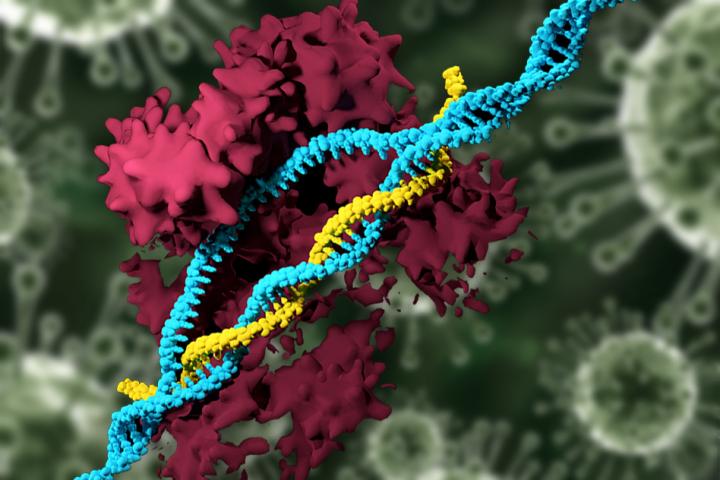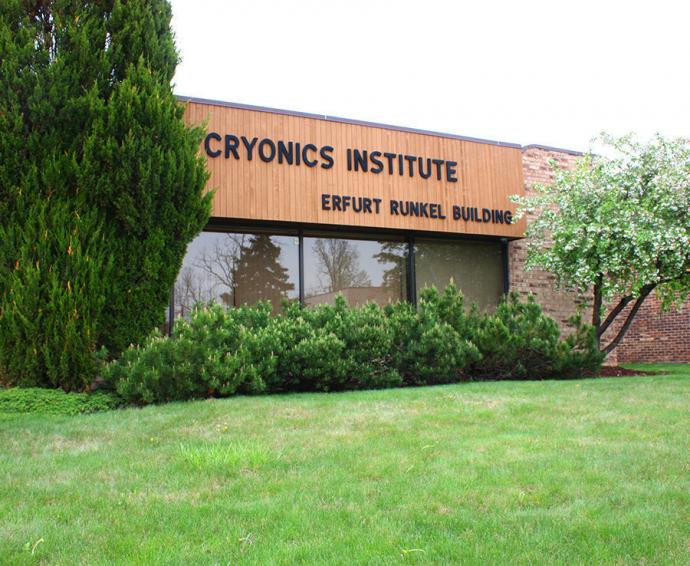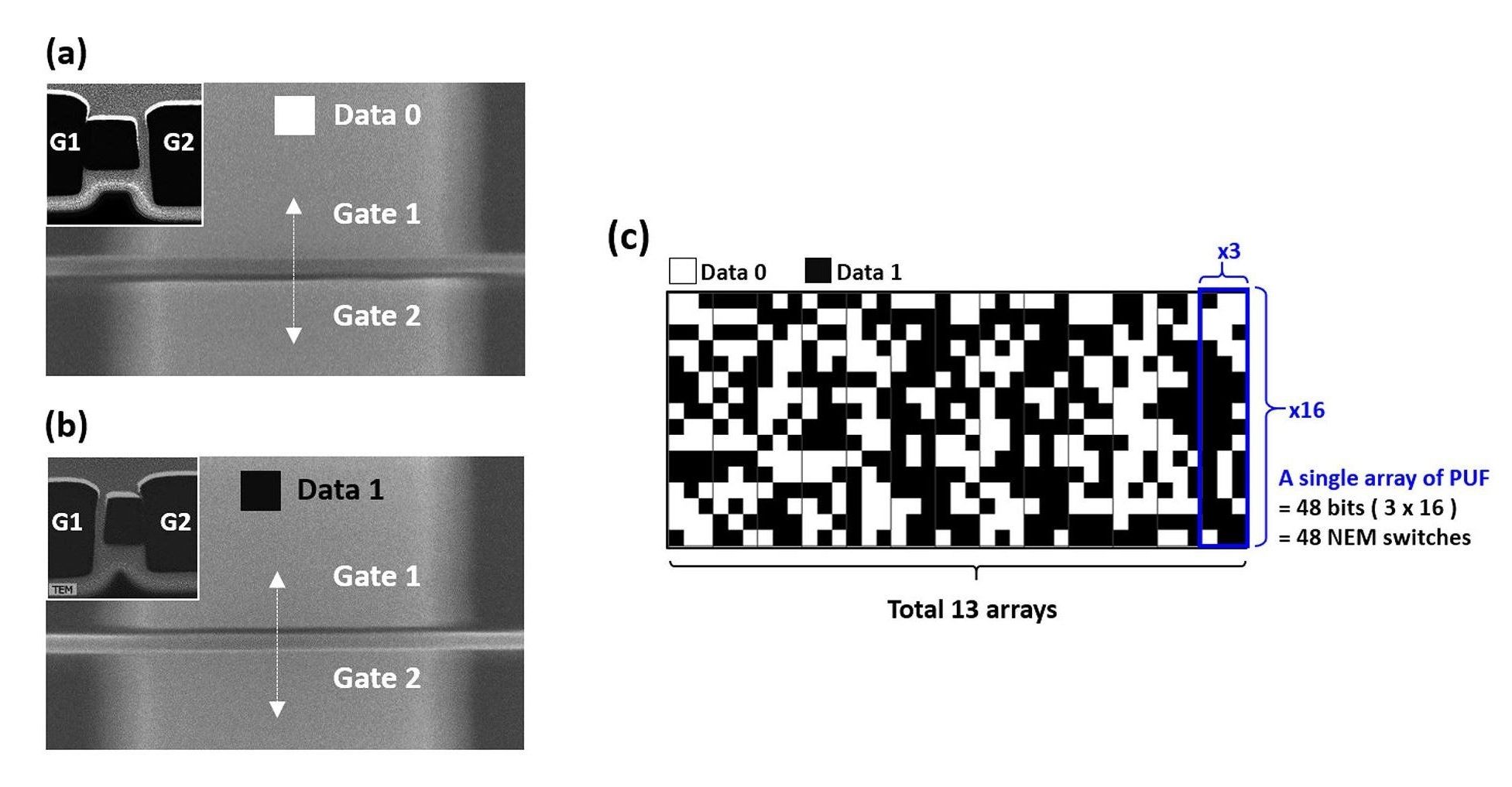Looking back at best of 2017)
Summary: Nanotechnology meets gene editing. MIT researchers use nanoparticles instead of viruses to deliver the CRISPR gene editing system. This article first appeared on LongevityFacts. Author: Brady Hartman]
In a new study, MIT scientists have developed nanoparticles that deliver the CRISPR gene editing system, eliminating the need to use viruses for delivery.
Using the new delivery technique, the gene editors were able to cut out genes in about 80 percent of liver cells, the best success rate ever achieved with CRISPR in adult animals. Speaking about the success of the project, Daniel Anderson, senior author of the study and an associate professor in MIT’s Department of Chemical Engineering, said.






